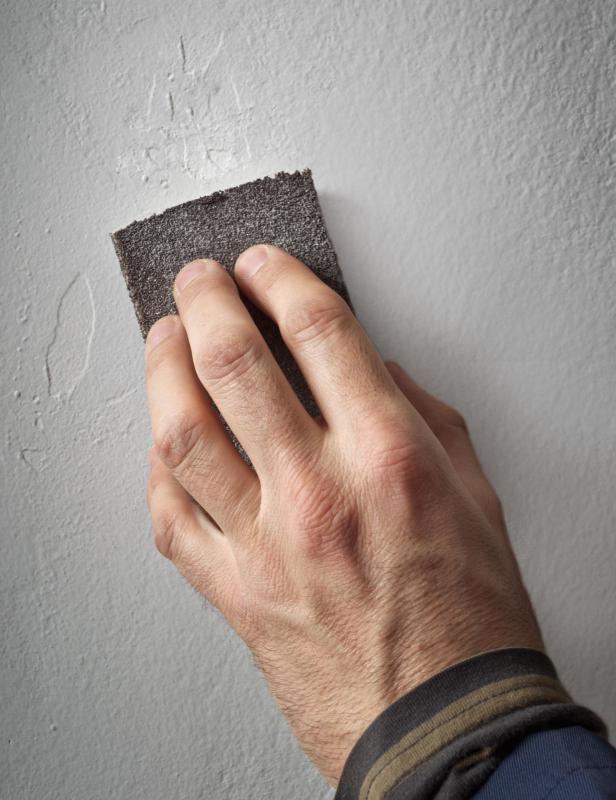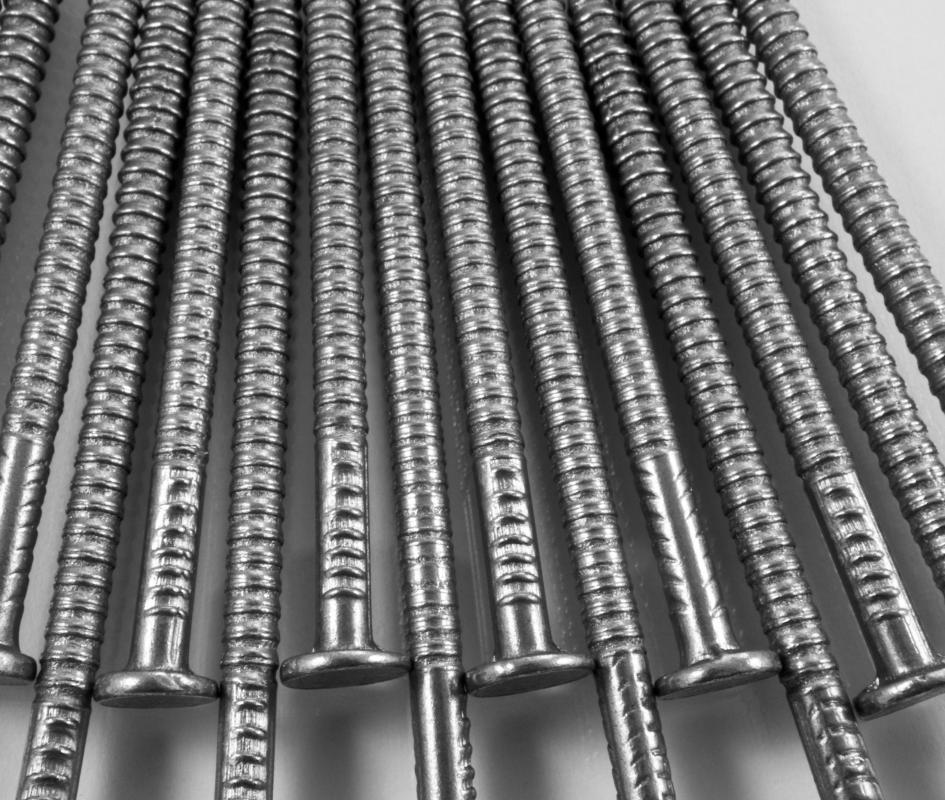At HomeQuestionsAnswered, we're committed to delivering accurate, trustworthy information. Our expert-authored content is rigorously fact-checked and sourced from credible authorities. Discover how we uphold the highest standards in providing you with reliable knowledge.
How do I Spackle?
There are numerous places throughout a home where spackling becomes necessary. The need for spackle generally becomes evident when a room undergoes a new paint job, but other instances may warrant the need to cover up small holes in walls and trim as well. If you are repainting a room, rearranging art work, installing new trim, or have discovered small holes or chips, such as from nail pops, in your walls or ceilings, you can disguise them with spackling before painting or touching up the surface.
Spackling compound is a moist, thick, putty-like substance that comes in resealable containers and when applied to a surface, which exposes it to air, will dry out to allow for sanding and painting. Before preparing to spackle your walls or ceiling, you will need a quality brand spackling compound, a putty knife, a damp cloth, and fine and medium grit sandpaper. Gather your supplies and then identify all the spots that need spackling.

To spackle over a hole caused by nails or screws, lightly sand off any rough or tattered edges around the hole with medium grit sandpaper. Using the corner of your putty knife, scoop a small amount of spackling compound from the container onto the blade. Placing the top edge of the blade against the wall, apply the spackling compound to the wall in a downward motion using a fair amount of pressure to work it into the hole. Using less pressure, run the blade back over the area to remove excess compound and smooth the surface.

If you need to make several swipes over the surface area, it’s OK, but when you spackle, less is more. Leaving too thick of a layer will make it more difficult to sand down once the compound has dried. Before you sand the area, make sure the product has thoroughly dried. Use fine grit sandpaper and smooth out the spackled area to level off with the wall. Once you have a smooth surface, you can apply paint.

The objective of spackling is to disguise smaller holes and surface damage in preparation for painting a surface. Keep in mind that though you can easily spackle smaller holes and chips, larger holes or dents, such as those caused by door knobs or accidental damage, may require a more durable bonding compound, like drywall mud, or may even require complete drywall repair.

Also keep in mind that if you are attempting to spackle over holes left from the nails in wood trim, be sure you plan to paint the trim and not stain it. If staining wood trim, fill the holes with wood putty in the same way before applying stain. You can purchase spackling compound, wood putty, and other surface repair and preparation products at most any improvement or hardware store.
AS FEATURED ON:
AS FEATURED ON:














Discussion Comments
how do i fix claw marks on drywall where my cats clawed?
Post your comments